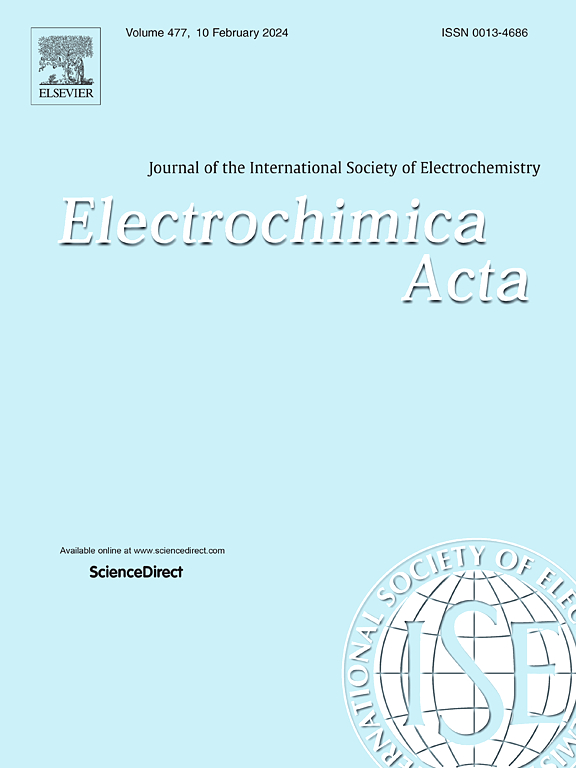电化学传感器检测和实时监测非甾体抗炎药的最新进展
IF 5.6
3区 材料科学
Q1 ELECTROCHEMISTRY
引用次数: 0
摘要
控制发烧、疼痛和炎症最常用的药物是非甾体抗炎药(NSAIDs)。然而,过度使用它们会对人类的健康产生负面影响,而在生态系统中不加控制地处置它们会引发严重的环境问题。电化学传感器为复杂介质中药物的灵敏、选择性、有效和经济检测提供了巨大的潜力,超越了传统检测技术的缺点。本文综述了利用纳米材料作为电极修饰剂靶向非甾体抗炎药的电化学传感器的最新进展,如金属纳米材料、碳基材料和杂化材料。实际样品的分析,传感器/分析物的相互作用,以及各种电极制造技术被特别考虑。从线性范围、检出限(LOD)、定量限(LOQ)、检测方法等分析性质等方面对文献中的研究进行了详细的总结。并对实验结果进行了讨论。最后,本文讨论了设计下一代先进传感设备的潜力、挑战和机遇。本文章由计算机程序翻译,如有差异,请以英文原文为准。
Recent developments in electrochemical sensors for the detection and real-time monitoring of non-steroidal anti-inflammatory drugs
The most commonly used medications to control fever, pain, and inflammation are non-steroidal anti-inflammatory drugs (NSAIDs). However, excessive use of them can have negative health consequences on humans, and their uncontrolled disposal in ecosystems raises serious environmental issues. Electrochemical sensors offer enormous potential for the sensitive, selective, effective, and economical detection of pharmaceuticals in complicated media, surpassing the drawbacks of conventional detection techniques. An overview of the most recent advancements in electrochemical sensors that use nanoscale materials as electrode modifiers that target NSAIDs, such as metallic nanomaterials, carbon-based materials, and hybrid materials, is provided in this review. Analysis of real samples, sensor/analyte interactions, and various electrode fabrication techniques was particularly taken into consideration. The studies in the literature were summarized in detail in terms of various analytical properties, such as linearity range, limit of detection (LOD), limit of quantification (LOQ), and detection method, among others. The experimental results were then discussed. Finally, this review discusses the potential, challenges, and opportunities in designing next-generation advanced sensing devices.
求助全文
通过发布文献求助,成功后即可免费获取论文全文。
去求助
来源期刊

Electrochimica Acta
工程技术-电化学
CiteScore
11.30
自引率
6.10%
发文量
1634
审稿时长
41 days
期刊介绍:
Electrochimica Acta is an international journal. It is intended for the publication of both original work and reviews in the field of electrochemistry. Electrochemistry should be interpreted to mean any of the research fields covered by the Divisions of the International Society of Electrochemistry listed below, as well as emerging scientific domains covered by ISE New Topics Committee.
 求助内容:
求助内容: 应助结果提醒方式:
应助结果提醒方式:


